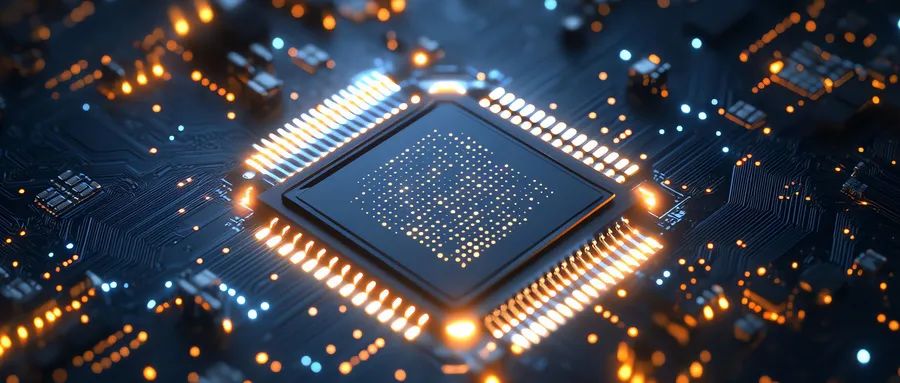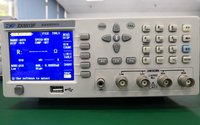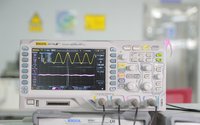Tariff War 2.0 Era: Dangers and Opportunities in the Electronic Components Industry
Date:2025-05-15 15:34:03 Views:1454

Recently, the US government's policy of imposing tariffs is profoundly affecting the global electronic industry chain. This tariff storm hits the core link of China's electronic components industry chain, triggering a series of chain reactions and having far-reaching impacts on the domestic electronic components industry in various aspects.
In the short term, the US tariff policy has led to a significant increase in the cost of the domestic electronic components industry. Many electronic components imported from the US have seen their costs rise, such as CPUs, DPUs, MCUs, RF chips, and other products produced by US wafer fabs facing high tariffs. Some product prices have also seen a significant increase, which not only increases production costs for companies but also compresses their profit margins. For companies that rely on imported components from the United States, the stability of their supply chain is seriously challenged. The flow of goods from some American suppliers is obstructed, leading to the risk of supply shortages for some companies. To avoid risks, companies have to readjust their procurement and sales strategies and seek other sources of goods.
However, this process is not achieved overnight. New suppliers need to undergo strict screening and evaluation, and new cooperative relationships also require time to establish and consolidate. During this process, the production plan of the enterprise may be disrupted, and there may even be delays in order delivery. In addition, market confidence has also been somewhat impacted. The uncertainty of tariff policies and market fluctuations have made some companies cautious about their future market expectations, and some customers have become wait-and-see or even cancelled orders. The overall activity of the market has declined, and the trading atmosphere is no longer as active as before. Enterprises are also facing greater difficulties in market promotion and sales work.
In the long run, the impact of US tariffs on the domestic electronic components industry is more complex. On the one hand, this incident has prompted the domestic electronic components industry to re-examine its development strategy and path, accelerating the process of domestic substitution. Many domestic enterprises have begun to increase their R&D investment, improve their technological level and product performance, and strive to replace American components. At the same time, the cooperation and collaborative development between upstream and downstream enterprises in the domestic industrial chain have also been strengthened, jointly promoting the construction of a localized industrial chain system. On the other hand, domestic electronic component companies are more firmly committed to the path of independent innovation, increasing investment in research and development and innovation, striving to break through key core technology bottlenecks, and improving the added value and competitiveness of their products. With the reduction of imports of American products and the continuous maturity of domestic manufacturers' technology and services, the market share of Chinese related products is expected to significantly increase. The huge domestic demand market and the trend of local substitution will provide domestic enterprises with broader development space and opportunities, which is conducive to promoting the growth and development of the domestic electronic components industry and enhancing its competitiveness in the global market.
However, challenges still exist. The United States is involved in semiconductor equipment CPU、GPU、SoC、 Simulation, radio frequency and other fields still have strong discourse power, and domestic chips are difficult to completely replace in the short term, which will directly lead to increased procurement costs for some semiconductor manufacturing equipment, core components and high-end chips (such as AI chips), or cause problems such as delayed capacity ramp up, terminal product price increases, and pressure on enterprise profitability.
In short, the US tariff policy may bring pressure to China's electronic components industry in the short term, but in the long run, it may become an opportunity for technological iteration and industrial upgrading. For the Chinese electronic components industry, this tariff storm is not only a challenge, but also a starting point for reconstructing the discourse power of the global industrial chain. In the future, the industry needs to use technological innovation as the spear and supply chain resilience as the shield to write a new breakthrough chapter in the process of global restructuring.




 Weixin Service
Weixin Service

 DouYin
DouYin
 KuaiShou
KuaiShou





















